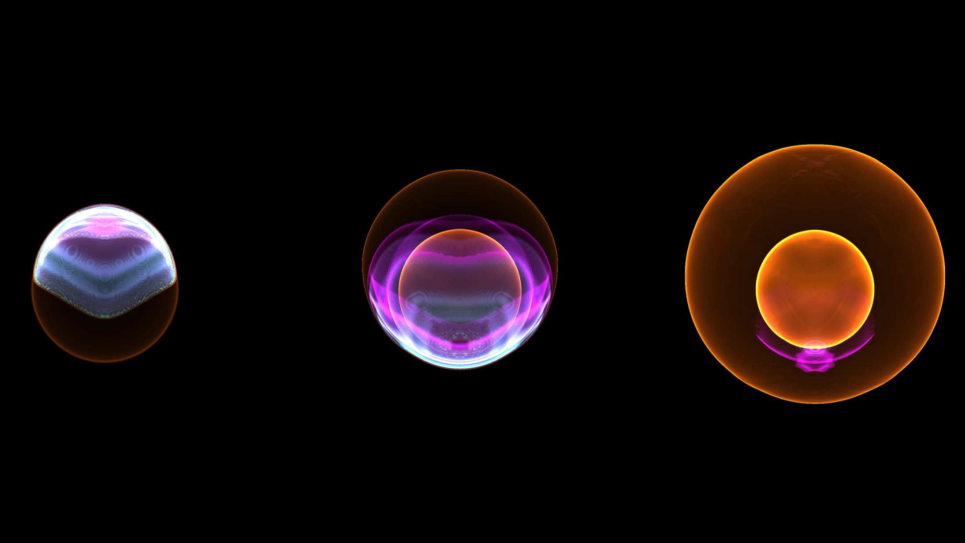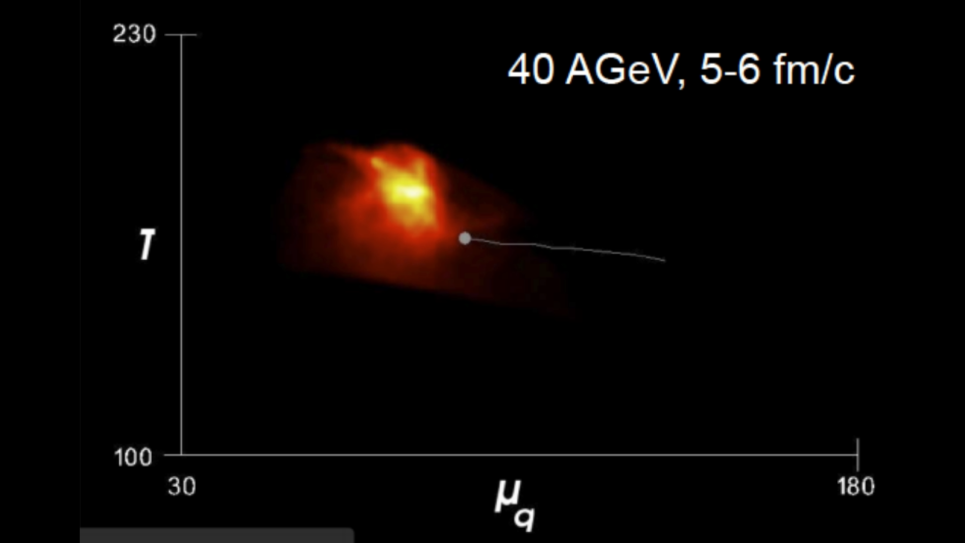A primary goal of physics is to describe everything in the universe through its most fundamental forces and particles. The current culmination of this goal is The Standard Model, which successfully describes electromagnetism, the weak force, the strong force and the particles they act on. The Standard Model is so successful that it has remained fundamentally unchanged for the past 50 years. Beyond Standard Model physics is an exciting area of research aiming to look for experiments that violate the Standard Model and require a new theory for the universe. Recently, experiments on the muon, a fundamental particle in the Standard Model, suggest the true value of its magnetic moment may be in disagreement with what is predicted by the Standard Model. However, the detected difference between theory and experiment is within the error tolerances of both the theory and experiment. Does the muon magnetic moment agree with predictions of the Standard Model, or is it evidence of a break in one of physics most important theories? To answer this question, a new experiment is underway that will measure the muon magnetic moment to a very high degree of accuracy. To compare the result to theory, computations must be made to determine the prediction of the Standard Model to the same level of accuracy. The goal of this project is to compute the hadronic contributions to the muon anomalous magnetic moment from first principles using lattice quantum chromodynamics (QCD), the fundamental theory in the Standard Model of the strong nuclear force that describes the interactions of quarks and gluons. The hadronic contributions represent the largest of the theory uncertainties, and their accurate determination is crucial to compare the Standard Model with the precise experimental measurement at Fermilab to potentially discover new physics.

